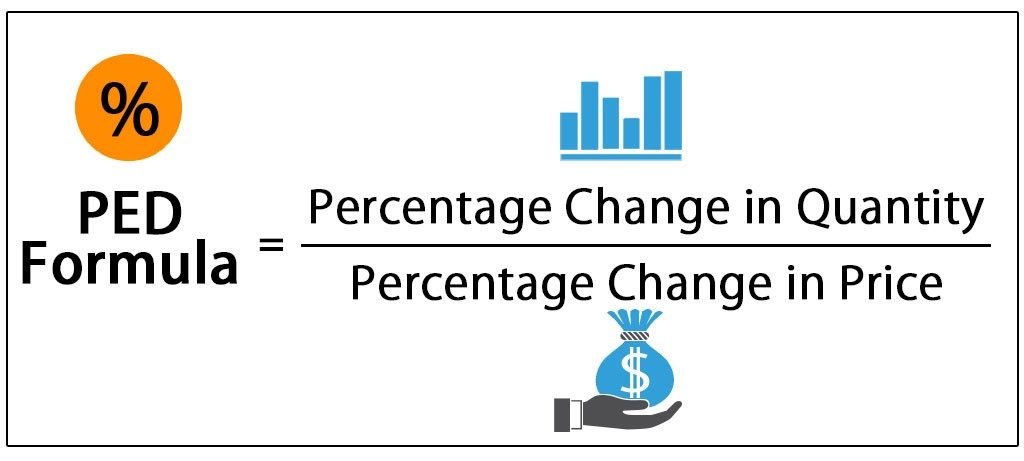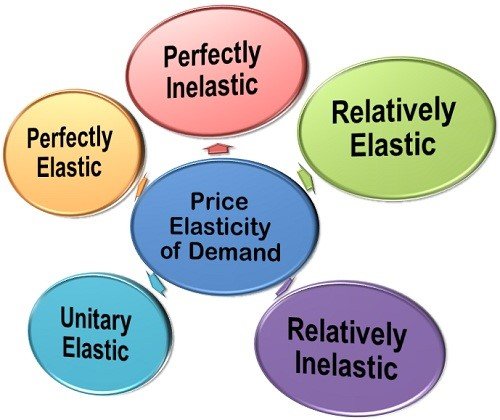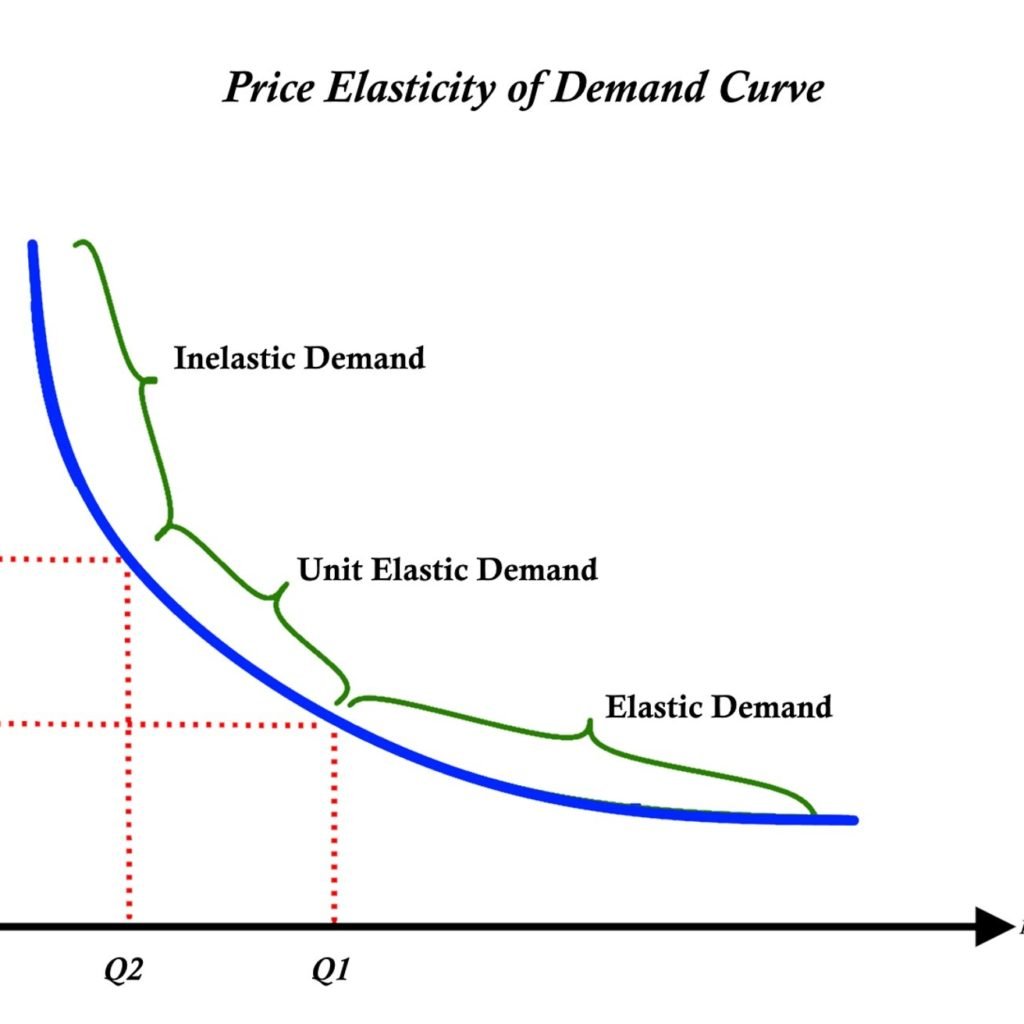Pricing of retail products is a complex subjects that involves multiple concepts and is impacted by different factors. I will be writing a series of articles on how analytics and AI can assist in pricing strategy for retail. We will tackle during this articles topics like : Price elasticity of demand, cross price elasticity and price optimization and demand forecasting..
For every topic you will see that they will be a traditional approach used since long time to handle this topics and definitely today applying advanced analytics and AI can provide better way of approaching those topics by providing better accuracy and better evaluation of the uncertainty related to each topic.
Today we will start discussing the price elasticity which I think is the foundation of any pricing strategy as it help to understanding how the customer are interacting with the price.
What is Price elasticity ?
Price Elasticity of Demand (PED) is the responsiveness of quantity demanded to a change in price.

Price elasticity = % Change in quantity demanded / % Change in price
The demand for a product can be elastic or inelastic, depending on the rate of change in the demand with respect to the change in the price.

The sign of the elasticity value indicates the direction in which the changes occur. In case we want to only observe the extent of elasticity, it is enough to look at the absolute value of elasticity.
An absolute elasticity value below 1 indicates that the product’s demand is inelastic for that price change. For example, having an elasticity value of 0.2 would indicate that for a 10% change in price, the response in quantity demanded would be a change of 2% only.
Elasticity values above 1 indicate elastic demand, meaning that the change in price causes a larger change in quantity demanded. For example an elasticity value of 1,5 would lead to 15% change in quantity demanded when the price is changed by 10%.
Elasticity value of exactly 1 is called unitary elasticity, which means that the percentage changes in price lead to equal percentage change in demanded quantity.
Why it is needed and how we can use it?
Retailers send out too many discounts. They give away too much margin. They know this but they do not know what to do about it. They have no way to analytically ascertain who is sensitive to price and really does need a discount and who is not or whether price sensitivity is differentiated by product categories or by time period.
When we look at the definitions it is obvious to see the importance of price elasticity as it allows you to measure the reaction of customers to the price change and consequently decide for example if you need to put a promotion or discount for specific product and what do you expect as change in demand accordingly, for example definitely discounting a product that is inelastic or is not a good idea. For a retailers who have 10,000 items knowing the elasticity of each item can help on knowing where to put discounts to get better revenue.
How it is calculated?
The following equation presents the formula for price elasticity of item A:

The above equation includes a familiar notation from regression analysis. The third term is the formula to calculate a slope of a linear regression model.
Since price PA and quantity QA are always positive values in our case, the slope determines whether the elasticity value is positive or negative. By using the slope and choosing proper prices and demand levels for the computation, we are able to obtain the price elasticity values respective to those prices and quantities. The elasticity values are price and time sensitive and thus choosing the price and quantity levels carefully is important and the elasticity values will change with the price and quantity levels chosen to the calculation. The elasticity values describe how the demand is affected by price changes on that exact price point.

Price elasticity modeling can be enhanced by modeling it using a probabilistic approach to estimate the uncertainty and provide the outcome as probability.
What is next?
What we have seen above is the calculation of own price elasticity of product, however products in retail can impact each other so in the same way that we calculated the change of demand based on the product price we can calculate how a change of a price of a product can impact the demand of another product and this is usually named by cross price elasticity where we can monitor how the product impact each other from pricing. We will see on our next blog how we can calculate the cross price elasticity and later we will introduce demand forecasting and price optimization.
If you want to implement price elasticity for your products and identify which product you should discount and which not and estimate the expected change of a demand based on new price that you want to put, Contact Insight360 (www.insight360.ae) , which implemented price elasticity using linear and probabilistic approaches for many retailers in the regions helping them getting an immediate ROI.

